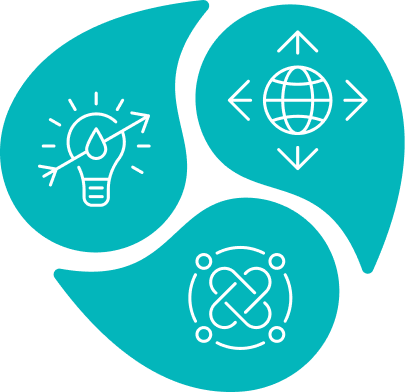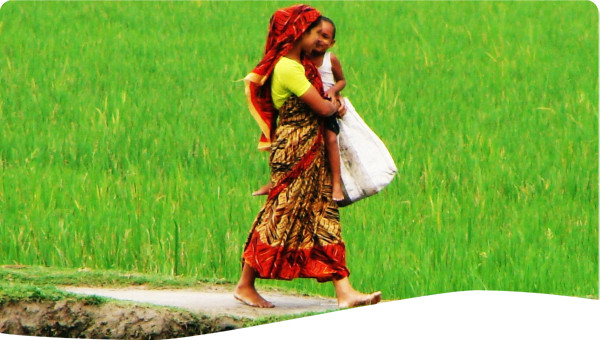This article presents evidence of a Ugandan community’s information network related to water services and argues that an intersectional perspective is key to understanding information exclusion processes. Using questionnaire data and social network analysis, the article compares access to water information channels by gender and education level. While men primarily share information with other men, women mainly exchange water information along educational lines. Less-educated women are least likely to receive information from other gender-education groups. Women are also underrepresented in the network of local government officials and consequently lack bridging ties, remaining more dependent on informal information channels.
Description / Abstract
Publication year
Country
Region
Publisher
English

 Resource
Resource
